Air Leakage and Draught Proofing Solutions for Existing Period Doors
Original period doors were built by hand to last decades or even centuries. At the time of construction draught proofing, air tightness, heat retention and noise pollution were not issues or problems at the time of construction. The main emphasis was placed on the quality of the timber being used in the product, also the standards of craftsmanship and architectural detailing.
Today, air tightness, noise pollution and security are essential in the performance of any door.
Working on Period doors for many years, we have gained substantial expertise in providing effective long lasting air tightness, enhanced security and noise reduction solutions on existing doors. Over time, we have tried, tested and perfected new and innovative methods of upgrading the performance of original doors.
Our Performance Upgrade service will ensure your Period Door is air tight and secure to the highest industry standards.
Steps Involved
Air Leakage
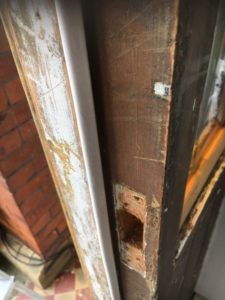 The door and frame are assessed for air leakage and operation. Typically, the door will be poorly fitted, binding on the frame and leaking air at the threshold and on the perimeter, also air leakage can be evident through keyholes and poorly installed letter boxes and plates.
The door and frame are assessed for air leakage and operation. Typically, the door will be poorly fitted, binding on the frame and leaking air at the threshold and on the perimeter, also air leakage can be evident through keyholes and poorly installed letter boxes and plates.
Solution
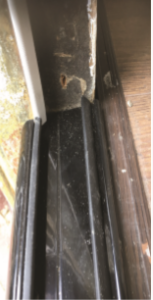 The door panel is removed, the existing seals and threshold are removed and the frame cleaned back. A new low-rise threshold is installed at the base of the frame. The corresponding seal is fixed to the bottom of the door panel creating an interlocking seal between the threshold and the door panel. The front section at the bottom of the door panel has a timber flap fixed to the panel to match the original detail while covering the seals that are fixed to the bottom of the door. 3mm x 8mm groove is routered out of the frame at the door stop, this groove allows us to retrofit a foam aquamac rebate seal. The hinges are removed from the door panel and cleaned or replaced, the door is re-hung and re-aligned to suit the frame and the aquamac seal.
The door panel is removed, the existing seals and threshold are removed and the frame cleaned back. A new low-rise threshold is installed at the base of the frame. The corresponding seal is fixed to the bottom of the door panel creating an interlocking seal between the threshold and the door panel. The front section at the bottom of the door panel has a timber flap fixed to the panel to match the original detail while covering the seals that are fixed to the bottom of the door. 3mm x 8mm groove is routered out of the frame at the door stop, this groove allows us to retrofit a foam aquamac rebate seal. The hinges are removed from the door panel and cleaned or replaced, the door is re-hung and re-aligned to suit the frame and the aquamac seal.
Security
Typically, an original front door will have a night latch at eye level and a mortice/Chubb lock fitted at waist level, two keys are required to lock and operate the door. Over time the Chubb lock can become difficult to use as the frame may have had rubber seals installed outside, they will be putting pressure on the alignment of the lock causing difficulty operating the lock.
Solution
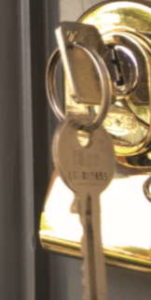
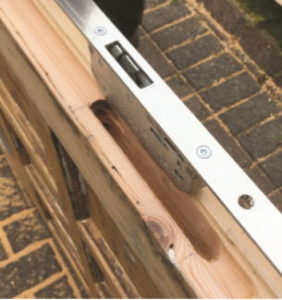 The door panel is removed, the existing seals and threshold are removed and the frame cleaned back. A new low-rise threshold is installed at the base of the frame. The corresponding seal is fixed to the bottom of the door panel creating an interlocking seal between the threshold and the door panel. The front section at the bottom of the door panel has a timber flap fixed to the panel to match the original detail while covering the seals that are fixed to the bottom of the door. 3mm x 8mm groove is routered out of the frame at the door stop, this groove allows us to retrofit a foam aquamac rebate seal. The hinges are removed from the door panel and cleaned or replaced, the door is re-hung and re-aligned to suit the frame and the aquamac seal.
The door panel is removed, the existing seals and threshold are removed and the frame cleaned back. A new low-rise threshold is installed at the base of the frame. The corresponding seal is fixed to the bottom of the door panel creating an interlocking seal between the threshold and the door panel. The front section at the bottom of the door panel has a timber flap fixed to the panel to match the original detail while covering the seals that are fixed to the bottom of the door. 3mm x 8mm groove is routered out of the frame at the door stop, this groove allows us to retrofit a foam aquamac rebate seal. The hinges are removed from the door panel and cleaned or replaced, the door is re-hung and re-aligned to suit the frame and the aquamac seal.
Benefits of a Performance Upgrade
Before Upgrade
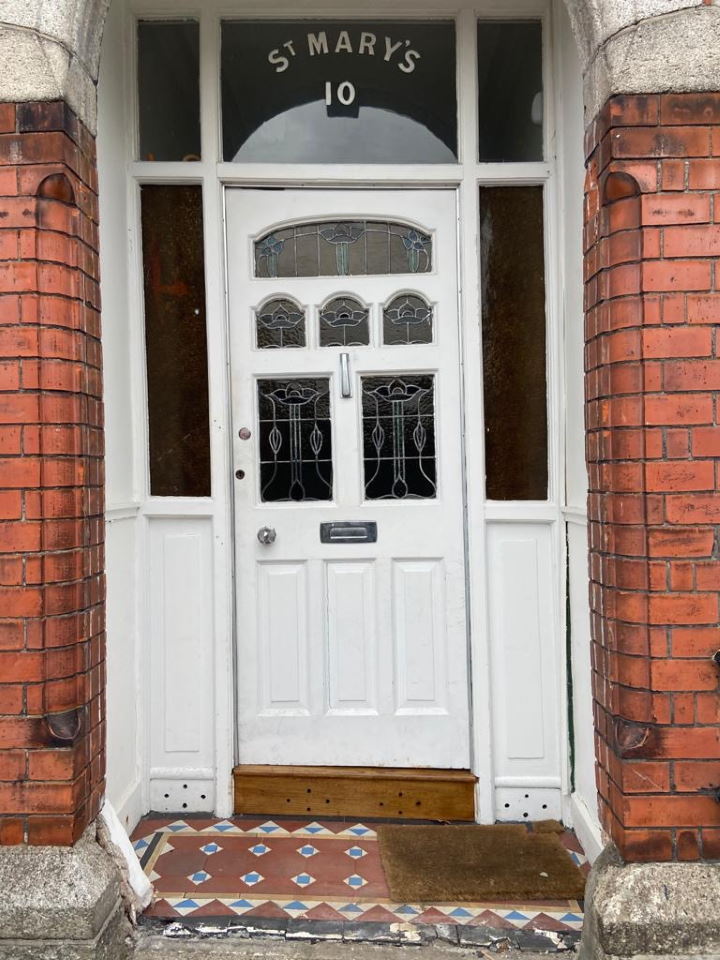
After Upgrade
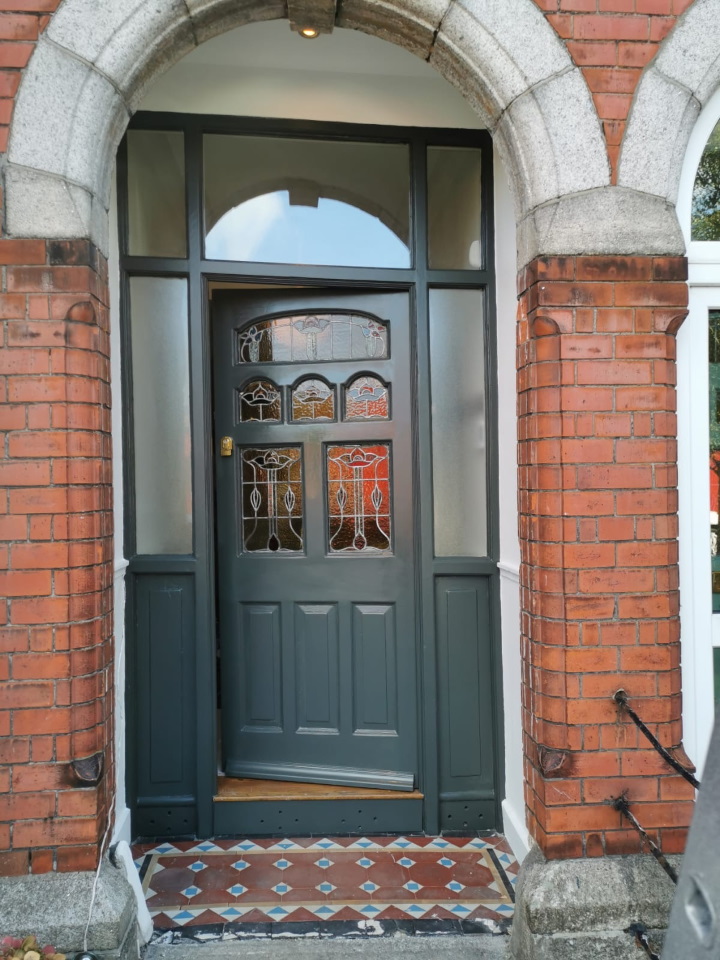
Before Upgrade
After Upgrade
Before Upgrade
After Upgrade
Videos taken after the performance upgrade
